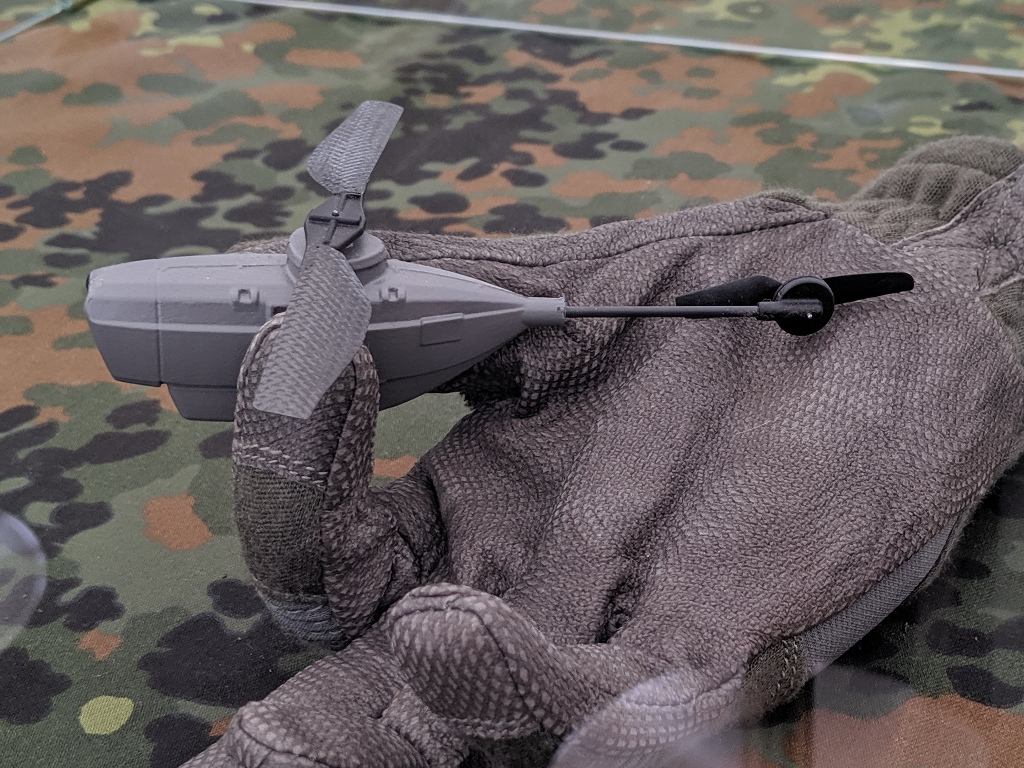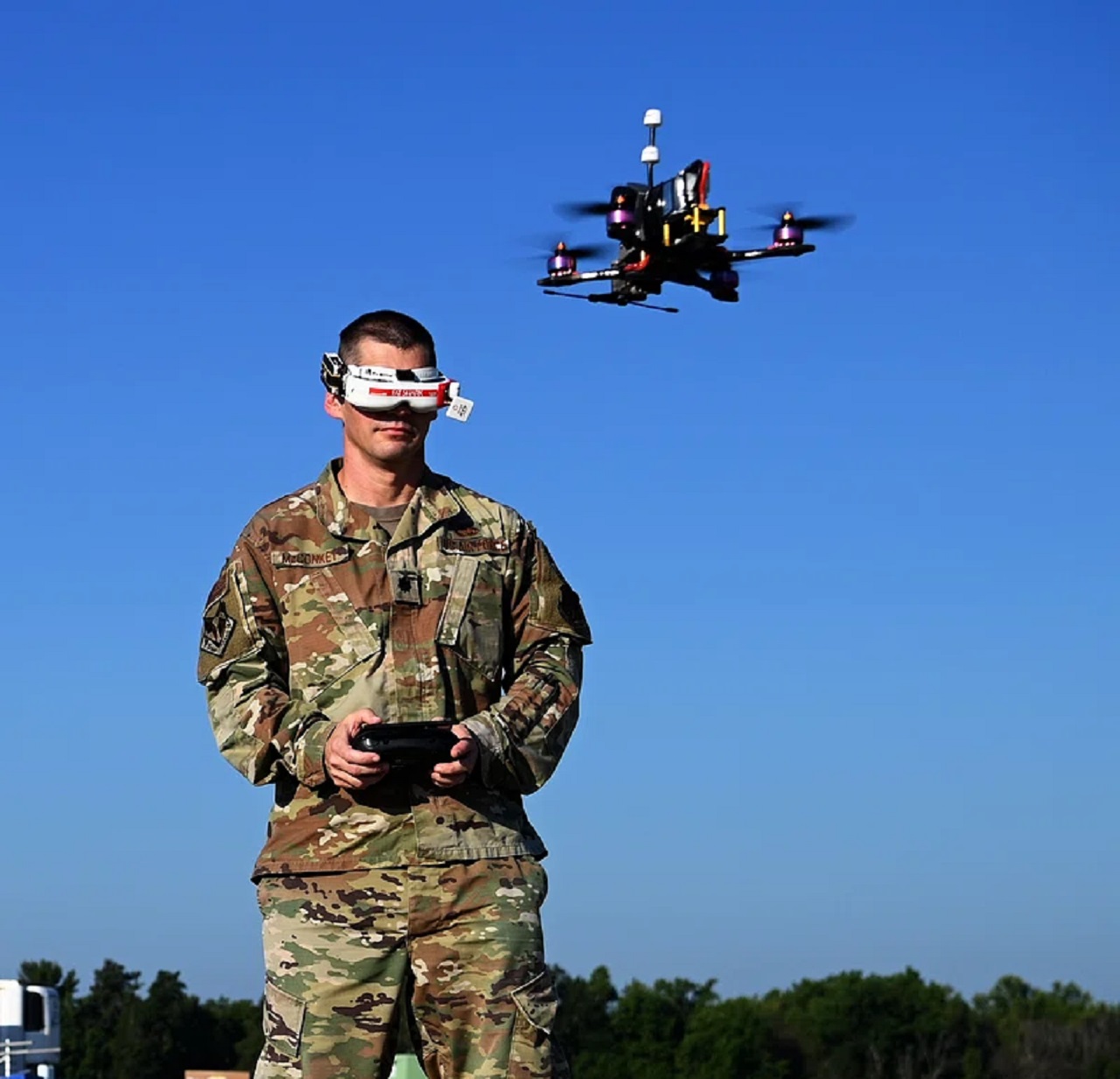
Nanotechnology has increasingly become a crucial aspect of defense, revolutionizing the way in which military operations are carried out. This article aims to analyze the significant role played by nanoscale sensors and nanomaterials for armor enhancement in defense.
Furthermore, it will explore the groundbreaking applications of nano-enhanced explosives detection and nanorobotics for medical treatment.
Additionally, this article will consider the implementation of nanotechnology safety protocols within defense operations to ensure optimal efficiency and minimize potential risks.
By delving into these areas, a comprehensive understanding of the impact and potential of nanotechnology in defense can be achieved.
Key Takeaways
- Nanoscale sensors play a crucial role in defense by detecting threats at a molecular level, particularly in explosives, chemical, and biological agent detection.
- Nanomaterials, such as graphene and carbon nanotubes, enhance the protection of military personnel and vehicles by strengthening armor and increasing toughness and impact resistance.
- Nano-enhanced explosives detection using nanomaterials allows for high precision and sensitivity in detecting trace amounts of explosive materials, enabling real-time identification of potential threats.
- Nanorobotics revolutionizes medical treatment by enabling precise medication delivery, minimally invasive surgeries, and diagnostics performed at a microscopic level, ultimately improving patient care and advancing medical practices. Additionally, nanorobots can navigate through the human body to target diseased cells.
Nanoscale Sensors in Defense
Nanoscale sensors play a crucial role in defense operations by facilitating the detection of potential threats at a molecular level. These sensors have found numerous applications in defense, ranging from explosives detection to chemical and biological agent identification.
The advancements in nanoscale sensor technology have enabled more precise and sensitive detection capabilities, allowing for early warning systems and enhanced situational awareness on the battlefield. Nanoscale sensors can be integrated into various platforms such as unmanned aerial vehicles (UAVs) or wearable devices, providing real-time monitoring and data collection.
Additionally, their small size allows for covert deployment and integration into existing infrastructure without compromising operational effectiveness. As nanoscale sensor technology continues to evolve, it holds great promise for improved threat detection capabilities and increased safety in defense operations.
Nanomaterials for Armor Enhancement
Armor enhancement in defense is achieved through the application of nanomaterials. Nanomaterials research has played a crucial role in the development of advanced armor systems, providing enhanced protection for military personnel and vehicles. These materials possess unique properties at the nanoscale, such as high strength, lightweight nature, and improved resistance to impact and penetration. By incorporating nanomaterials into traditional armor structures, researchers have been able to enhance their performance significantly.
One example of nanomaterials used for armor enhancement is graphene. Graphene is a two-dimensional material consisting of a single layer of carbon atoms arranged in a hexagonal lattice structure. It exhibits exceptional mechanical properties, including high tensile strength and stiffness, making it an ideal candidate for strengthening armor structures.
Another promising nanomaterial for armor development is carbon nanotubes (CNTs). These cylindrical structures made up of rolled-up sheets of graphene have remarkable mechanical properties due to their high aspect ratio and strong covalent bonds between carbon atoms. Incorporating CNTs into polymer matrices can result in increased toughness and impact resistance.
Overall, the utilization of nanomaterials in armor development holds great potential for improving the protective capabilities of defense systems. Ongoing research efforts continue to explore new materials and fabrication techniques to further enhance the performance of armored vehicles and personal protective gear.
Nano-Enhanced Explosives Detection
The detection of explosives can be significantly improved through the incorporation of nanomaterials into sensing systems. Nanotechnology offers a revolutionary approach to explosives detection by enhancing sensitivity and accuracy, allowing for real-time detection capabilities. Nanoscale sensors can detect even trace amounts of explosive materials with high precision, enabling early warning systems and enhancing security measures in defense operations.
Nanomaterials used in explosives detection exhibit unique properties such as increased surface area and enhanced reactivity, which enable them to interact effectively with explosive molecules. This interaction leads to a measurable change in physical or chemical properties that can be detected by the nanosensors. Furthermore, nanomaterial-based sensing systems offer the advantage of miniaturization, allowing for portable and wearable devices that can be deployed in various environments.
Real-time detection provided by nanomaterial-based sensing systems is crucial for rapidly identifying potential threats and taking appropriate actions. The integration of nanotechnology into explosives detection not only enhances sensitivity but also improves response time, enabling faster decision-making processes in defense operations.

Overall, nano-enhanced explosives detection holds great promise for improving security and safety measures on a global scale.
Nanorobotics in Medical Treatment
Nanorobotics in medical treatment has the potential to revolutionize healthcare by providing precise and targeted delivery of medications, performing minimally invasive surgeries, and assisting in diagnostics.
These nanoscale robots can be designed to navigate through the human body, delivering drugs directly to diseased cells or tissues. By utilizing nanotechnology, medications can be administered with greater accuracy and efficiency, minimizing side effects and maximizing therapeutic outcomes.
Additionally, nanorobots have the capability to perform surgical procedures at a microscopic level, enabling surgeons to access hard-to-reach areas and reduce patient trauma. This technology holds promise for various applications such as removing blood clots or cancerous tumors without causing significant damage to surrounding healthy tissue.
Furthermore, nanorobotics can aid in diagnostics by detecting biomarkers or imaging specific areas of interest with high precision. The integration of nanorobotics into medical treatment offers new possibilities for improving patient care and advancing medical practices.
Safety Protocols in Defense Operations
In the realm of safety protocols in defense operations, it is essential to establish stringent measures that ensure the protection of personnel and resources during military activities. One crucial aspect of these protocols is conducting thorough risk assessments to identify potential hazards and develop strategies for mitigating them. This involves analyzing various factors such as the type of nanomaterials used, their toxicity levels, and their potential interactions with other materials. Contamination control is another vital component of nanotechnology safety protocols in defense operations. It involves implementing measures to prevent unintended release or spread of nanomaterials, as well as ensuring proper disposal procedures are in place. These protocols aim to minimize risks associated with exposure to nanomaterials and protect both military personnel and the environment from any adverse effects.
Frequently Asked Questions
How small can nanoscale sensors be and what advantages do they offer in defense applications?
Nanoscale sensors can be incredibly small, often measuring just a few nanometers in size. They offer numerous advantages in defense applications, such as enhanced sensitivity, increased accuracy, and the ability to operate in challenging environments.

What types of nanomaterials are commonly used to enhance armor and how do they improve defense capabilities?
Commonly used nanomaterials in body armor include carbon nanotubes, graphene, and nanoparticles. These materials enhance defense capabilities by improving strength, durability, and impact resistance of the armor. Advancements in nanoscale sensors enable real-time monitoring of threats for enhanced situational awareness.
Can nano-enhanced explosives detection technology detect all types of explosives, including those that are difficult to detect with traditional methods?
Nano-enhanced explosives detection technology has limitations in detecting certain types of explosives that are difficult to detect with traditional methods. However, advancements in nanoscale sensors for defense applications continue to improve the effectiveness and reliability of this technology.
How are nanorobotics being used in medical treatment and what specific benefits do they offer over conventional medical techniques?
Nanorobotics in medical treatment offers specific benefits over conventional techniques such as targeted drug delivery and minimally invasive procedures. Nanoscale sensors provide advantages like real-time monitoring and early disease detection, improving patient outcomes.
What safety protocols are in place to ensure the responsible use of nanotechnology in defense operations and how are they enforced?
Nanotechnology safety protocols are essential for ensuring responsible use in defense operations. Strict enforcement is necessary to prevent potential risks and ensure the ethical application of nanotechnology, promoting public trust and minimizing potential harm.
 GadgetsProduct ReviewsSmart DevicesDronesVirtual DevicesPrivacy PolicyTerms And Conditions
GadgetsProduct ReviewsSmart DevicesDronesVirtual DevicesPrivacy PolicyTerms And Conditions
